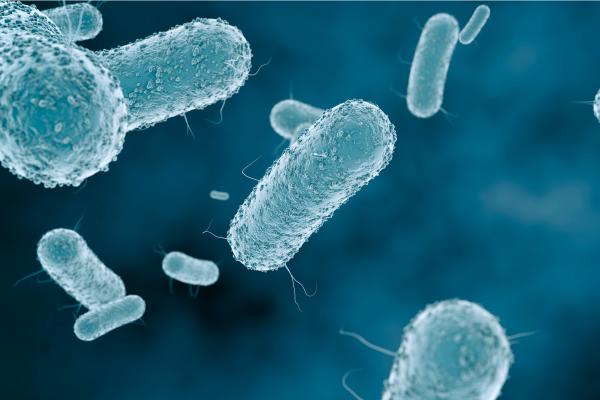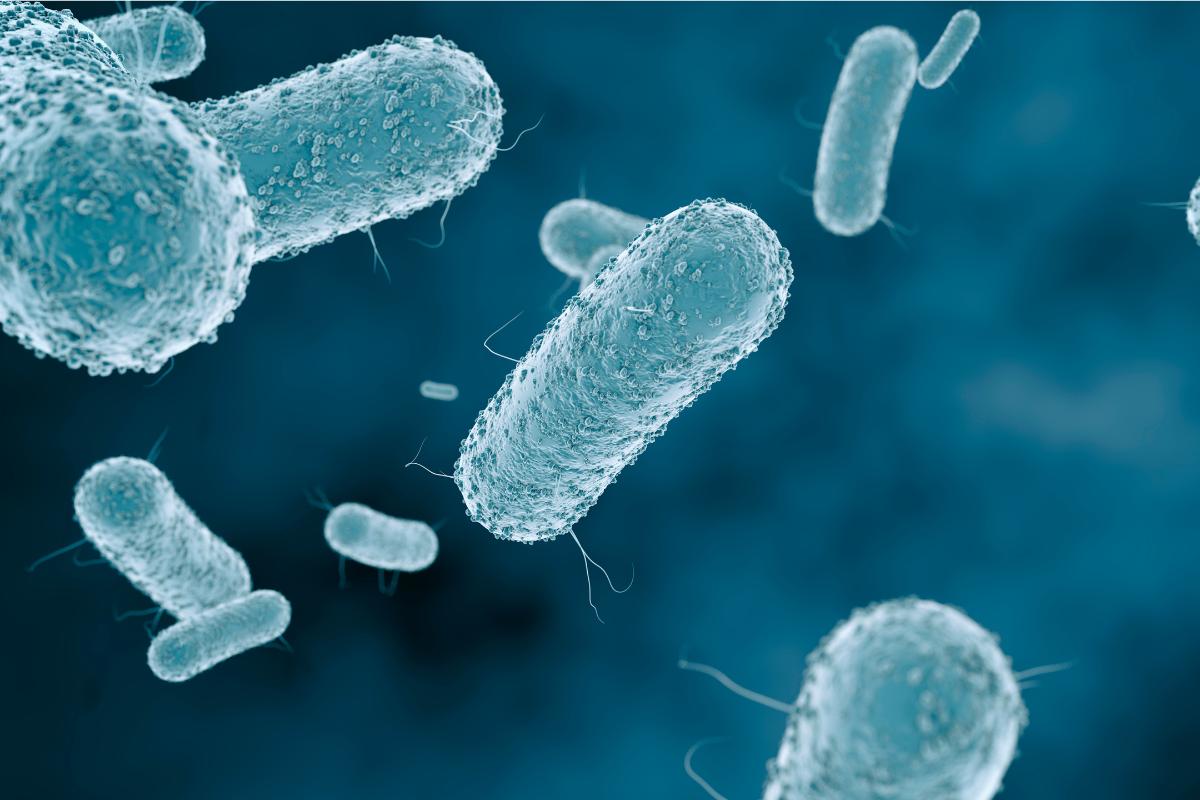What Is the Last Known Universal Ancestor?


The Last Universal Common Ancestor, or LUCA, represents the most recent shared ancestor of all life on Earth. LUCA is not a single organism but rather a hypothetical entity from which all modern organisms—bacteria, archaea, and eukaryotes—descend. Understanding LUCA provides crucial insights into the origin of life and early evolutionary processes. ts study bridges biology, chemistry, and evolutionary theory, offering clues about the conditions and processes that gave rise to life on our planet.
The following article by thedailyECO explains what LUCA, or the Last Universal Common Ancestor, is, its main characteristics, how it reproduces, how long it has existed, and much more.
What does LUCA stand for?
LUCA, stands for the Last Universal Common Ancestor, is a hypothetical organism that marks the shared origin of all known life on Earth. It stands at the base of the evolutionary tree, preceding the divergence of the three domains: Archaea, Bacteria, and Eukaryota.
The Last Universal Common Ancestor (LUCA) represents the starting point for all known life on Earth. Darwin's theory of evolution posited a single primordial organism, and the universality of the genetic code supports this idea.
While traditionally viewed as a simple, bacterial-like organism, recent research led by Damien Devos suggests a more complex LUCA. This organism may have possessed cellular structures and functions reminiscent of modern eukaryotes, challenging the previous understanding of early life.
Historically, life was categorized into eukaryotes (with nuclei and organelles) and prokaryotes (bacteria and archaea). LUCA, however, predates this classification, existing at the root of the evolutionary tree.
LUCA is believed to have primarily relied on RNA for both storing genetic information and catalyzing chemical reactions. This idea, known as the RNA world hypothesis, suggests that RNA played a central role in the early stages of life.
While genes have been exchanged between different species through horizontal gene transfer, there are still 355 genes that can be traced directly back to LUCA. These genes offer valuable clues about the characteristics and lifestyle of this ancient organism.
Is LUCA our oldest ancestor?
Yes, LUCA is considered our oldest known ancestor, as it represents the point where all living organisms on Earth share a common lineage. While there may have been earlier life forms, LUCA is the most recent ancestor that we can trace back through the evolutionary tree of life.
Curious about how microscopic entities impact life on Earth? Check out our article that contrasts viruses and bacteria.

When did LUCA first appear on Earth?
Determining the exact age of the Last Universal Common Ancestor (LUCA) is challenging due to the absence of a direct fossil record. Scientists employ various methods, including genetic analysis and geological evidence, to estimate its appearance.
Recent studies suggest that LUCA may have existed around 4.2 billion years ago, placing it remarkably close to the formation of Earth itself, which occurred approximately 4.5 billion years ago. This timeline indicates that LUCA emerged just a short time after the planet’s formation.
While this estimate provides valuable insight, it's crucial to recognize that further research may refine our understanding of LUCA's timeline. Continued advancements in genetic analysis and geological studies will likely contribute to a more precise picture of this ancient organism and its role in the evolution of life on Earth.

What are the characteristics of LUCA?
Based on current scientific understanding, LUCA, the Last Universal Common Ancestor, likely possessed the following key features:
- While prokaryotic, LUCA may have exhibited more complex cellular structures than typical bacteria, such as a developed endomembrane system.
- LUCA likely had a primitive immune system, indicating early evolutionary pressures from viral infections.
- LUCA probably existed within a complex ecosystem, interacting with other microorganisms and benefiting from their waste products.
- LUCA was likely anaerobic, producing its own food using hydrogen, carbon dioxide, and nitrogen.
- It likely used the acetyl-CoA pathway for carbon fixation, enabling it to thrive in metal-rich environments.
- LUCA's genome was relatively large, suggesting a diverse genetic makeup.
- It was likely adapted to extreme environments, such as high temperatures.
- LUCA may have had redundant genes, allowing it to tolerate the loss of certain genetic information.
- It likely used molecular hydrogen as an energy source, highlighting its interactions with its surroundings.
- LUCA likely had a lipid bilayer membrane, a fundamental component of all modern cells.
- It may have possessed ribosomes, the molecular machines responsible for protein synthesis.
- LUCA may have been capable of horizontal gene transfer, allowing it to acquire new genetic material from other organisms.
- It may have relied on RNA for both genetic information and enzymatic functions, supporting the RNA world hypothesis.
- LUCA must have been capable of self-replication, a fundamental characteristic of all life.
Did you know that eukaryotic cells are key to the complexity of life? Discover their vital processes in our other article.
What would LUCA look like?
Unfortunately, we can't visualize LUCA directly. It existed billions of years ago, and its remains, if any, have likely been lost to time. However, scientists can make educated guesses based on the characteristics of its descendants. LUCA was likely a single-celled organism that resembled modern bacteria or archaea.

How did LUCA reproduce?
LUCA, or the Last Universal Common Ancestor, is believed to have reproduced asexually.
LUCA likely reproduced through a method called binary fission, which is common among bacteria. In this process, the organism grows until it reaches a certain size and then divides into two identical daughter cells.
Before splitting, LUCA would have replicated its genetic material (DNA) to ensure that each new cell received a complete set of genes. This replication process is fundamental to asexual reproduction in all living organisms. Unlike eukaryotic organisms that reproduce sexually, LUCA did not have the complex structures or mechanisms required for sexual reproduction, such as the formation of gametes or mating.
Although LUCA primarily reproduced asexually, it may have also exchanged genetic material with other organisms through horizontal gene transfer. This process allows for the sharing of genes between different species, contributing to genetic diversity.
Curious about how organisms mix and match their DNA? Discover the mechanics of genetic recombination in our related article.
What is the difference between LUCA and FUCA?
LUCA is the Last Universal Common Ancestor of all modern life forms. It represents a specific point in evolutionary history where the lineage of all organisms diverges.
FUCA, on the other hand, is a hypothetical ancestor that predates LUCA. FUCA is often used to describe the First Universal Common Ancestor or the Fundamental Universal Common Ancestor. It represents a more speculative concept, often associated with the transition from non-living to living systems. In that sense, one might say that LUCA is a concrete milestone in the evolutionary timeline, while FUCA is a more theoretical concept that may or may not have existed.
If you want to read similar articles to What Is the Last Known Universal Ancestor?, we recommend you visit our Biology category.
- Moody, E.R.R., Alvarez-Carretero, S., Mahendrarajah, T.A. et al. The nature of the last universal common ancestor and its impact on the early Earth system. Nat Ecol Evol 8 , 1654–1666 (2024). https://doi.org/10.1038/s41559-024-02461-1
- Cooper, K. (2017). Looking for LUCA, the Last Universal Common Ancestor. Astrobiology at NASA. https://astrobiology.nasa.gov/news/looking-for-luca-the-last-universal-common-ancestor/
- ERR Moody et al. The nature of the last universal common ancestor and its impact on the early Earth system. Nat Ecol Evol, published online July 12, 2024; doi:10.1038/s41559-024-02461-1








